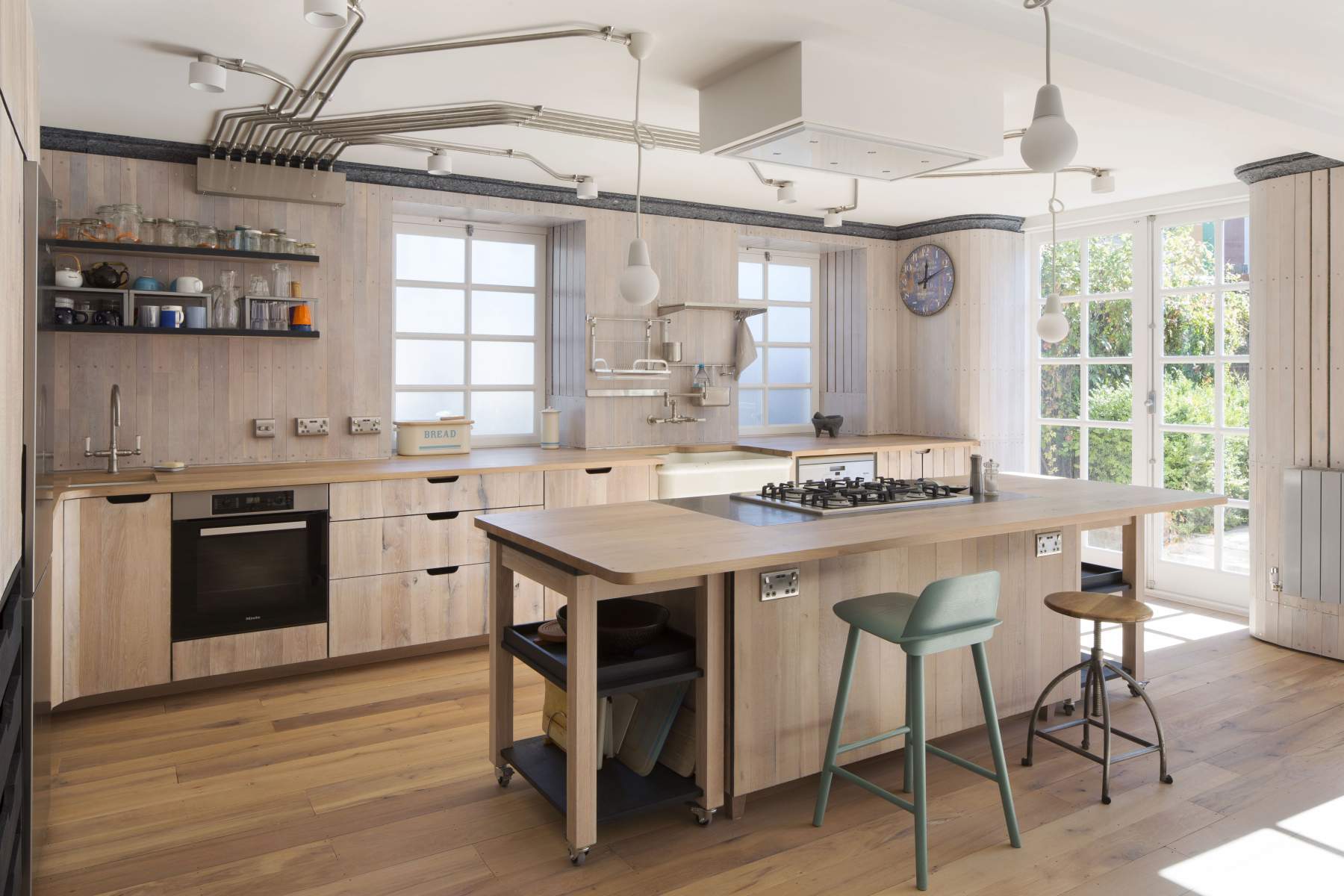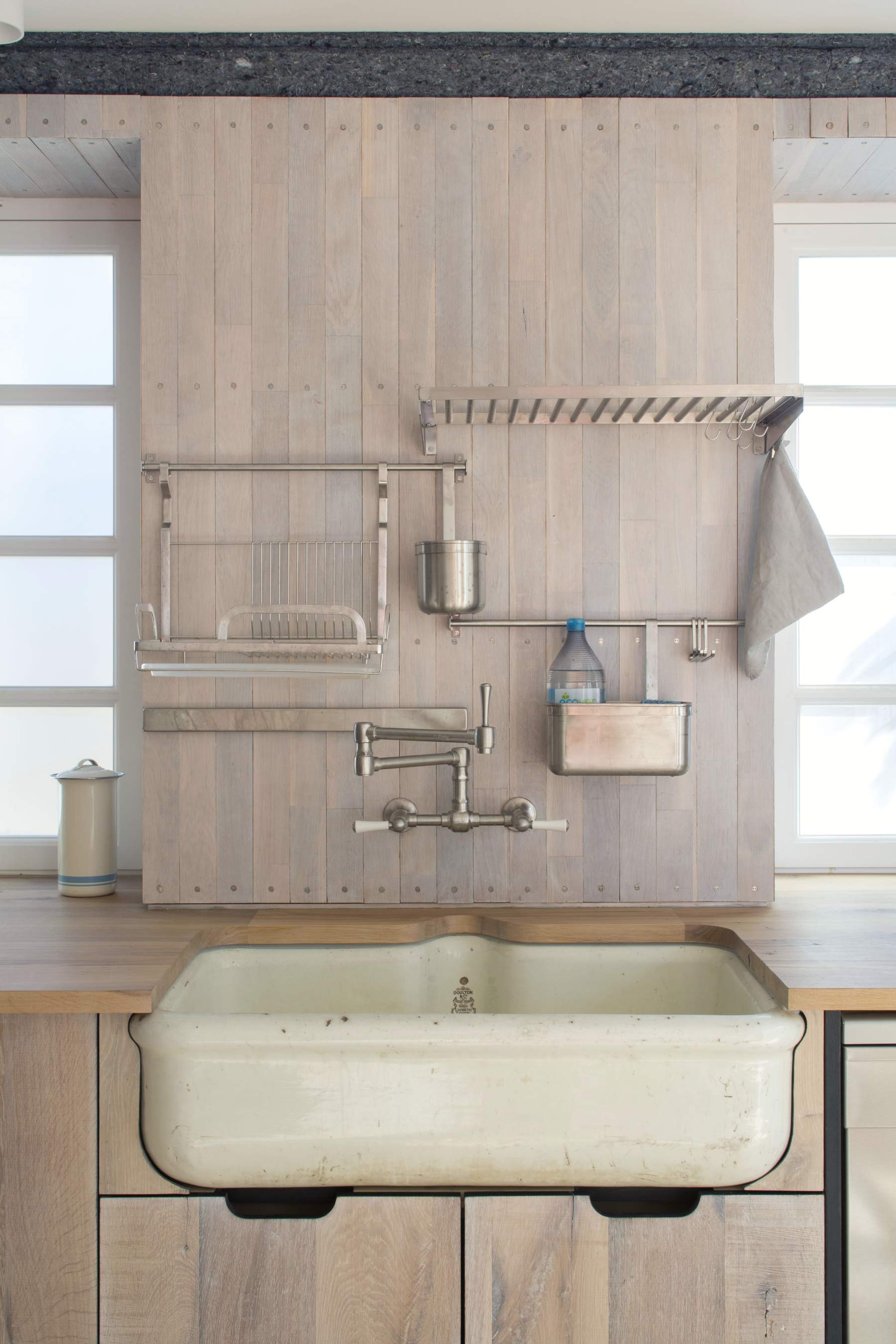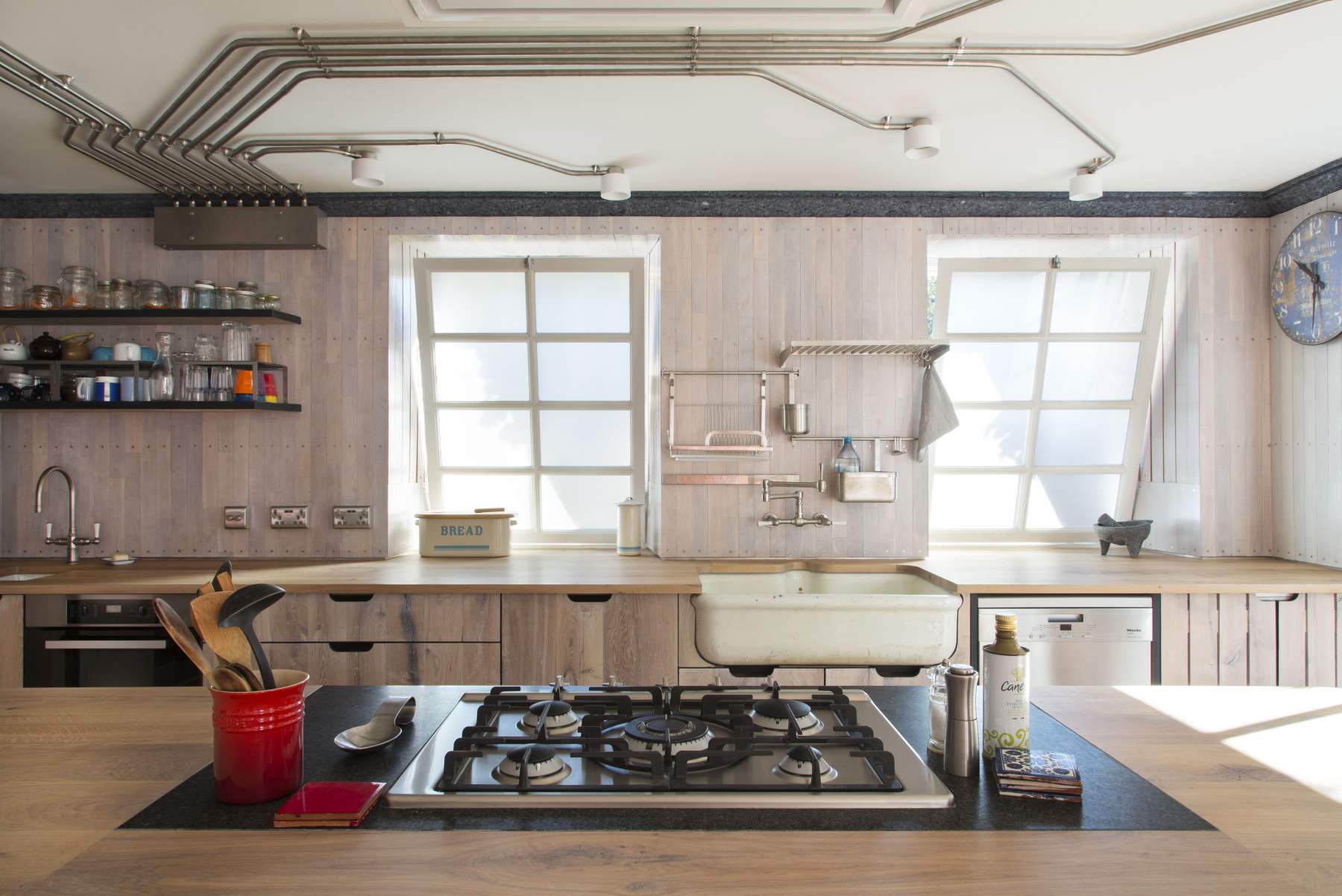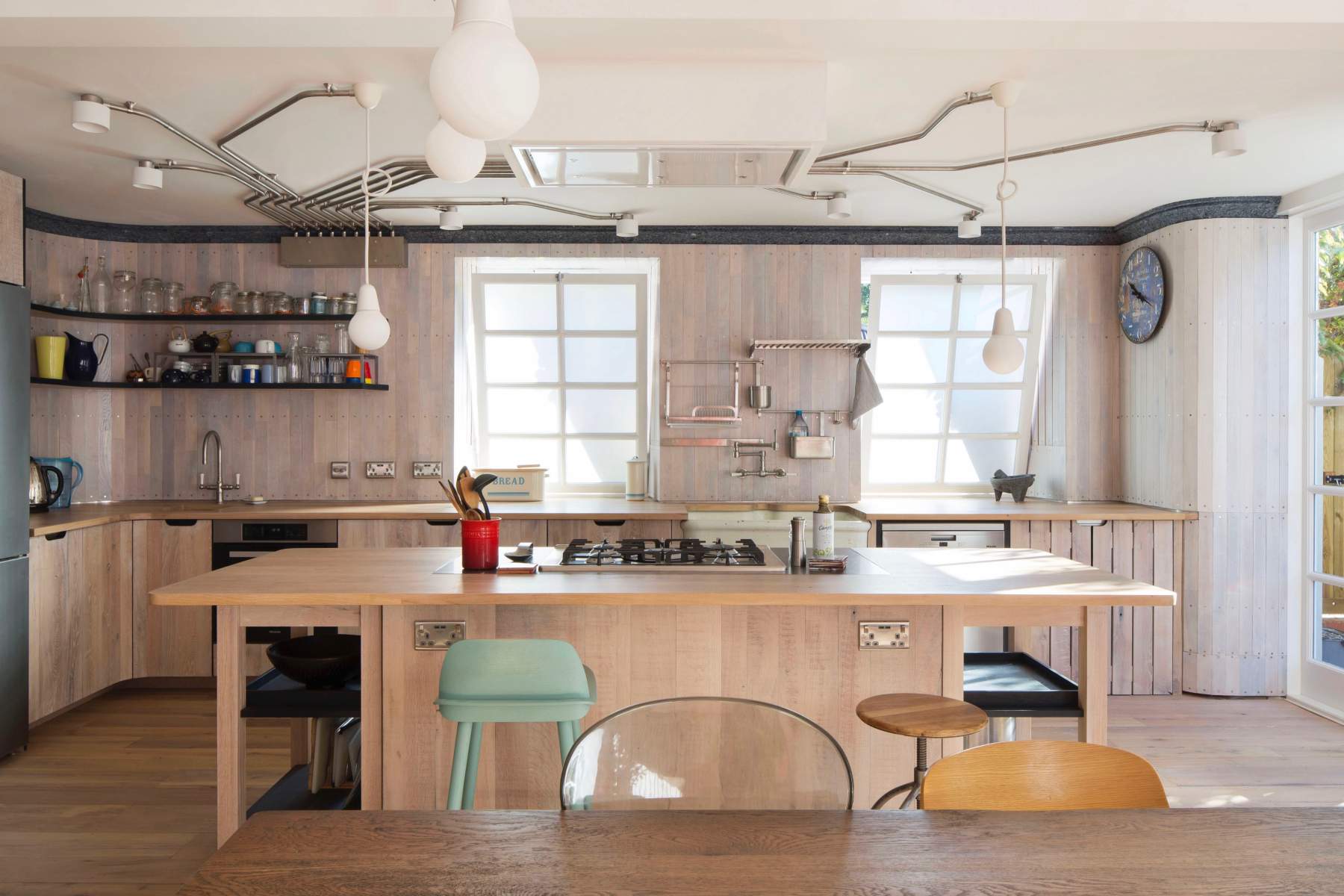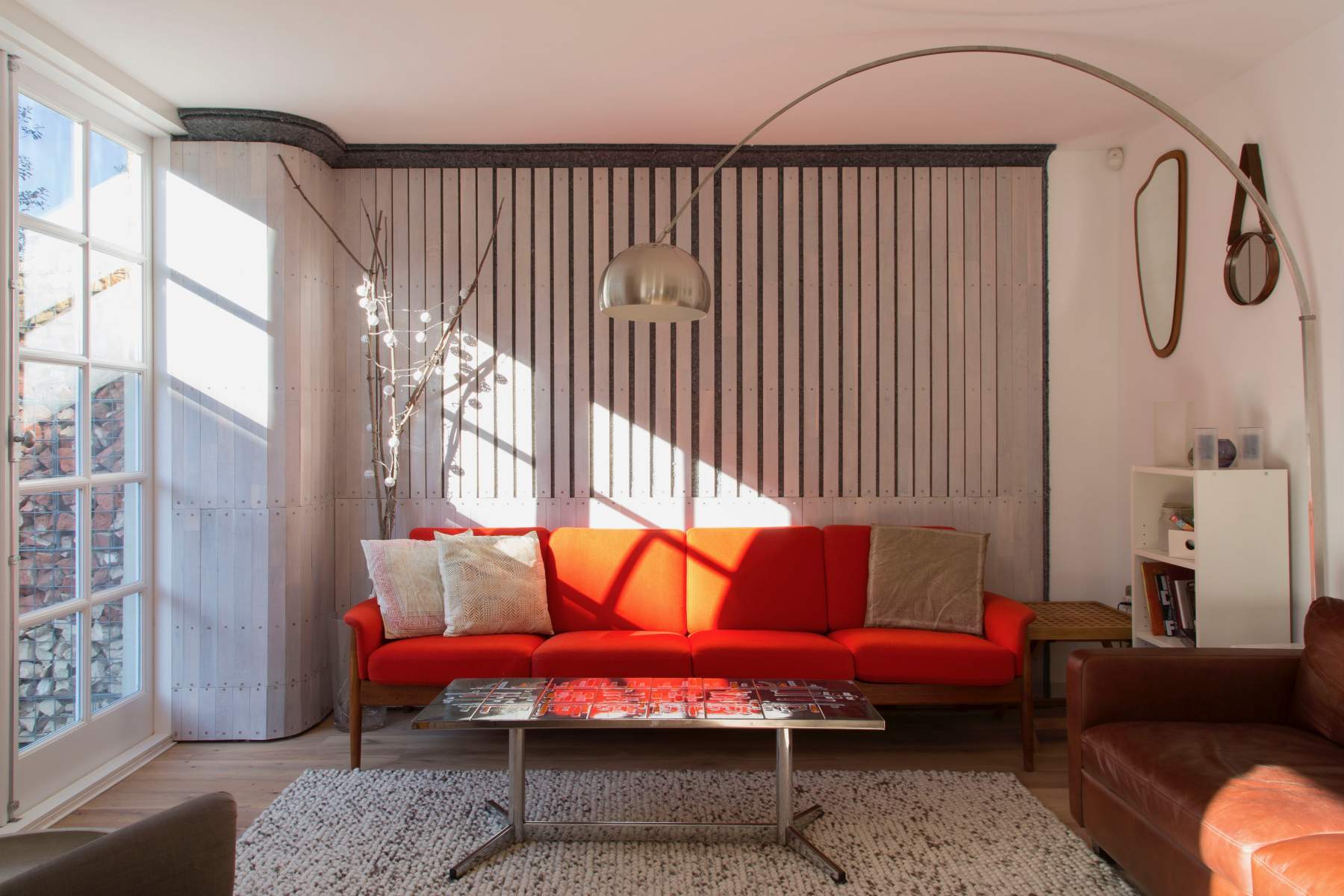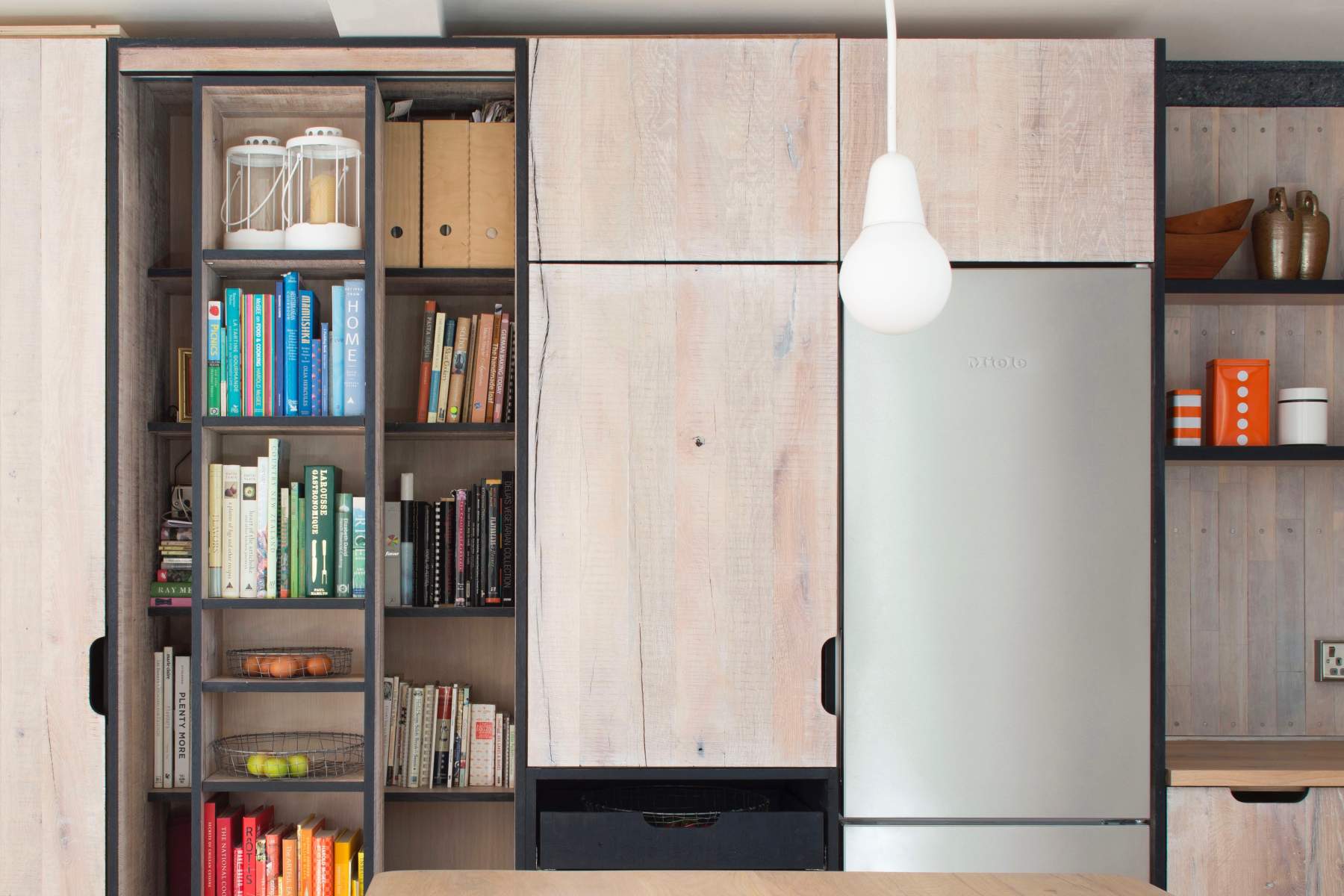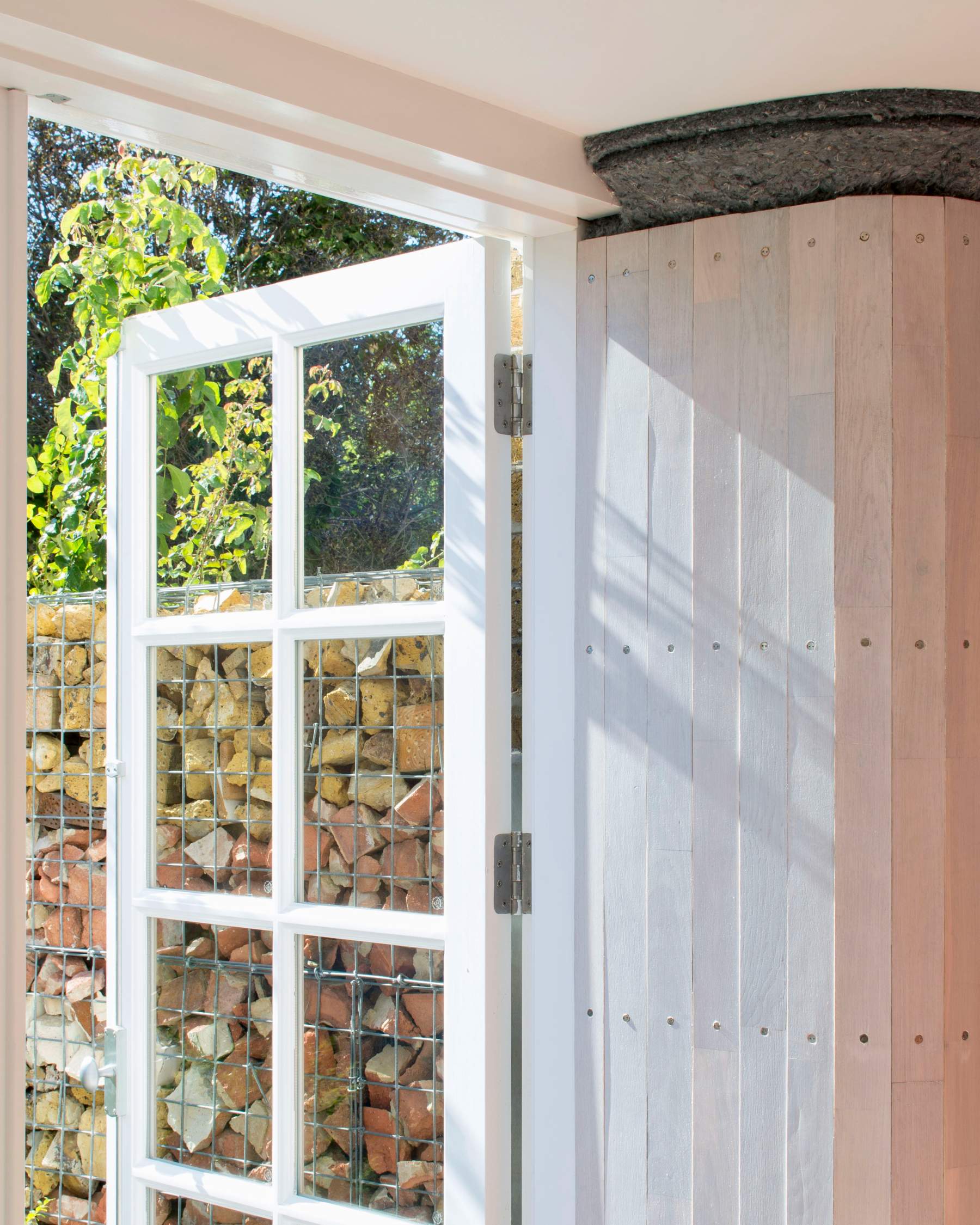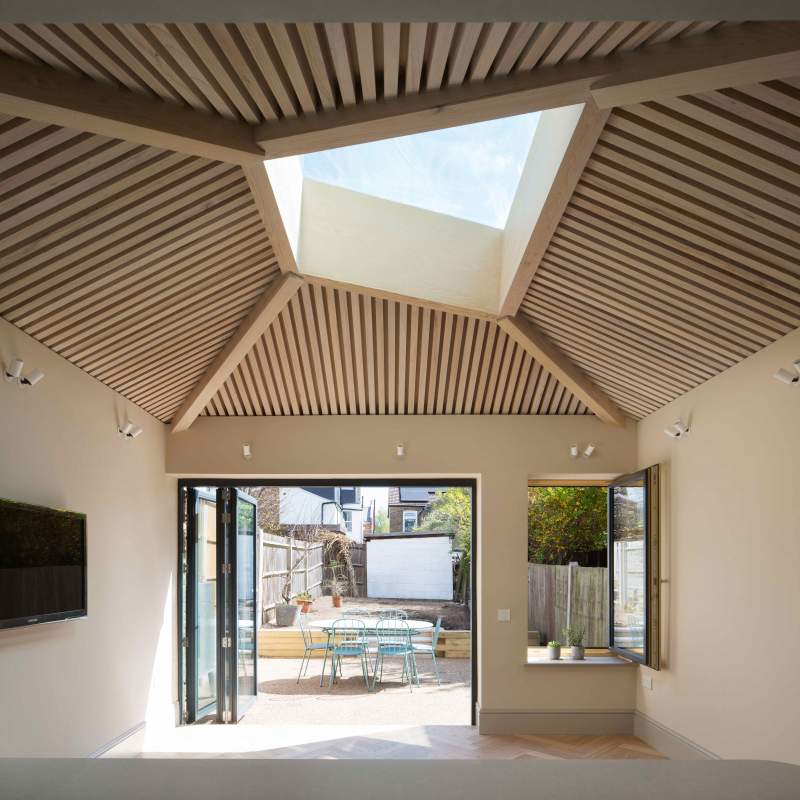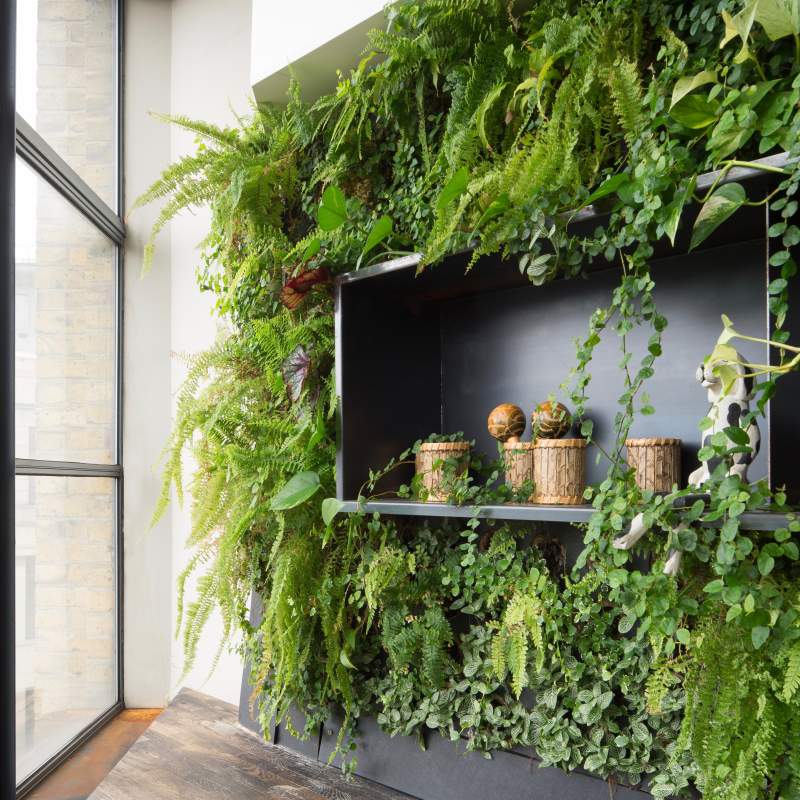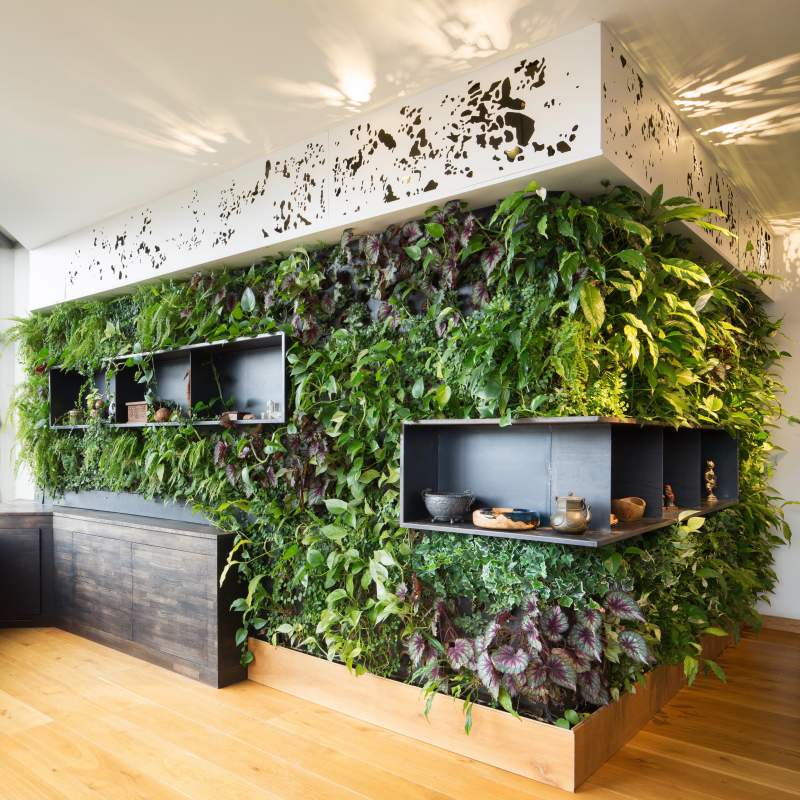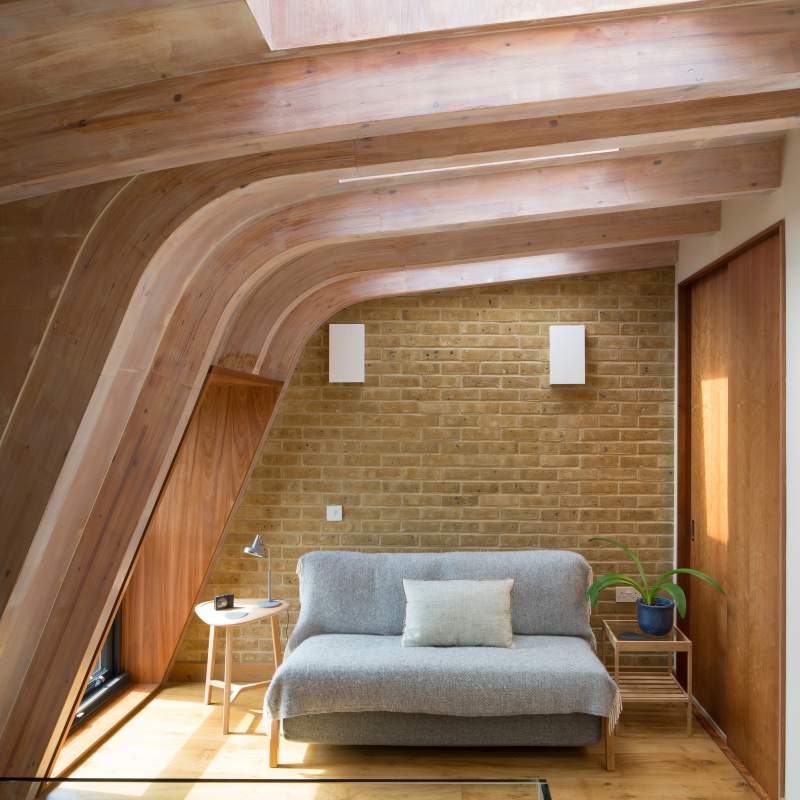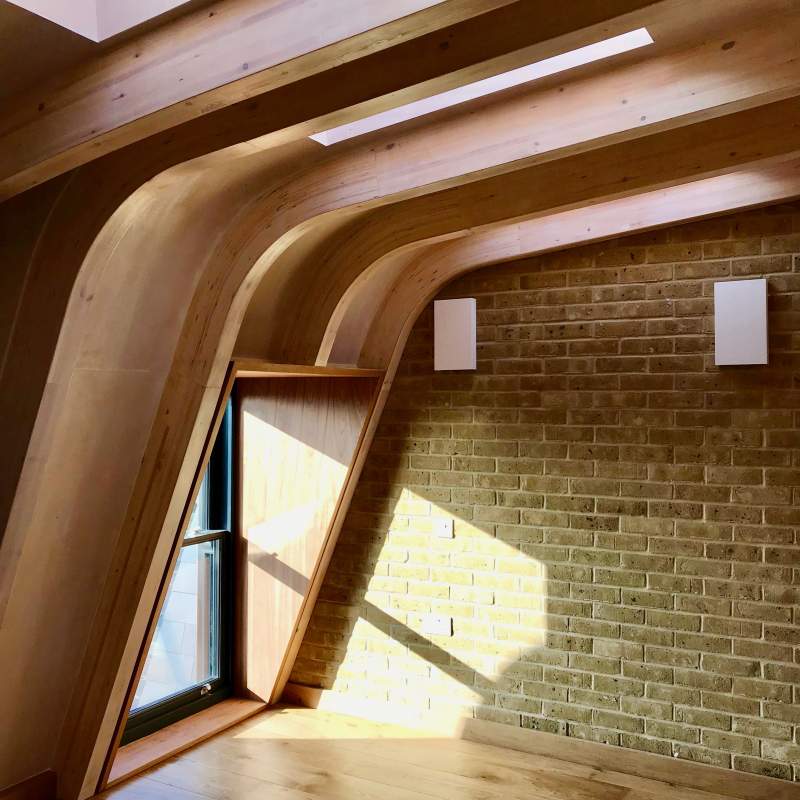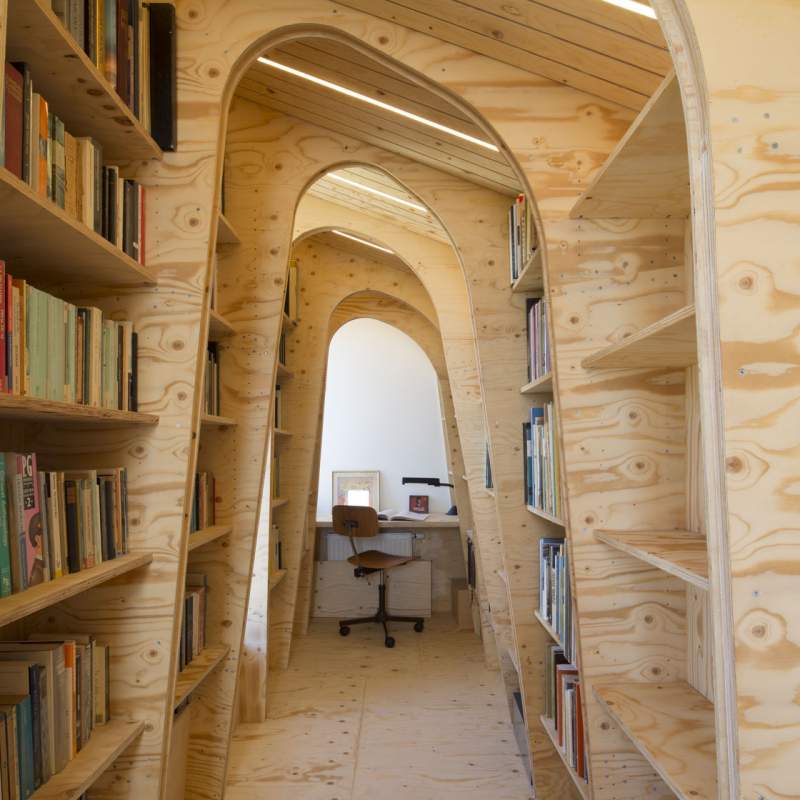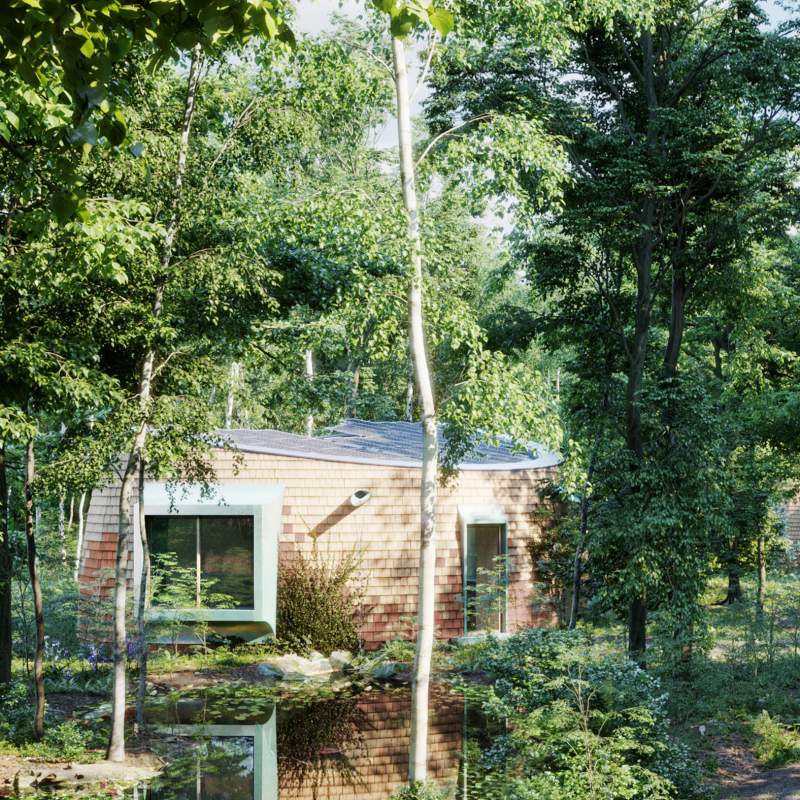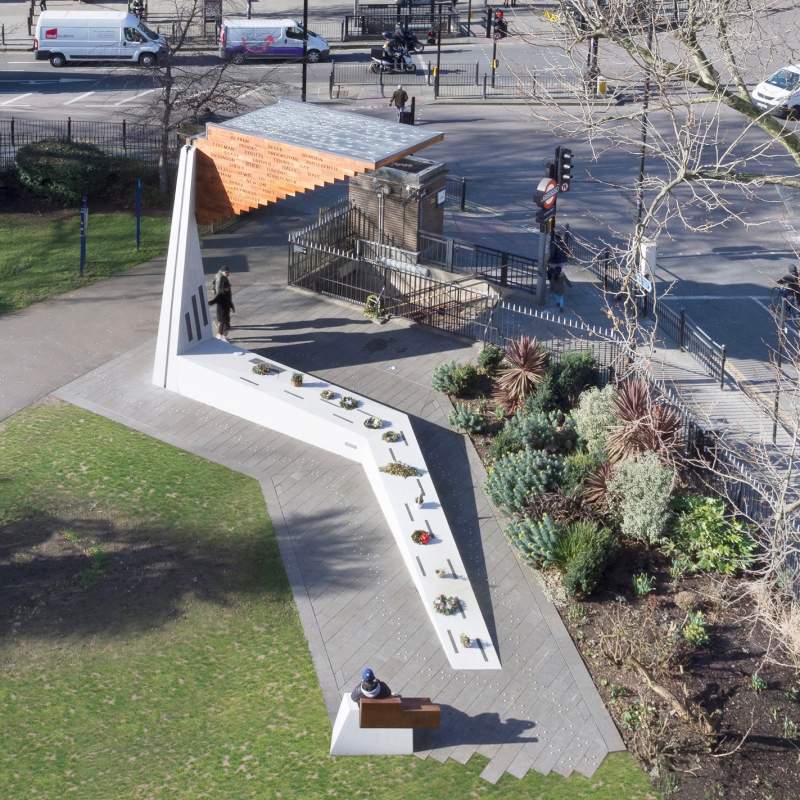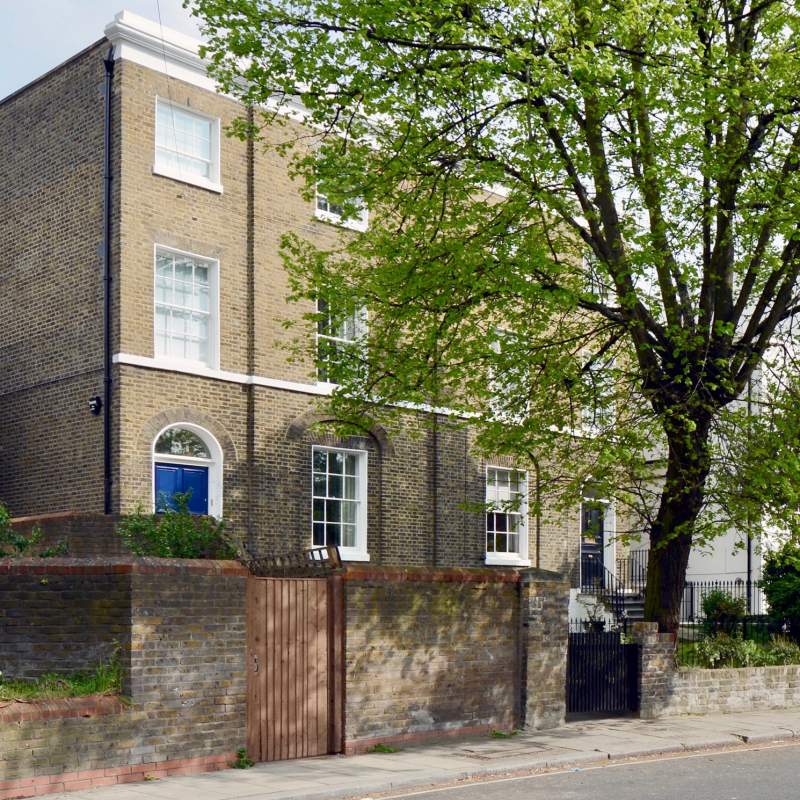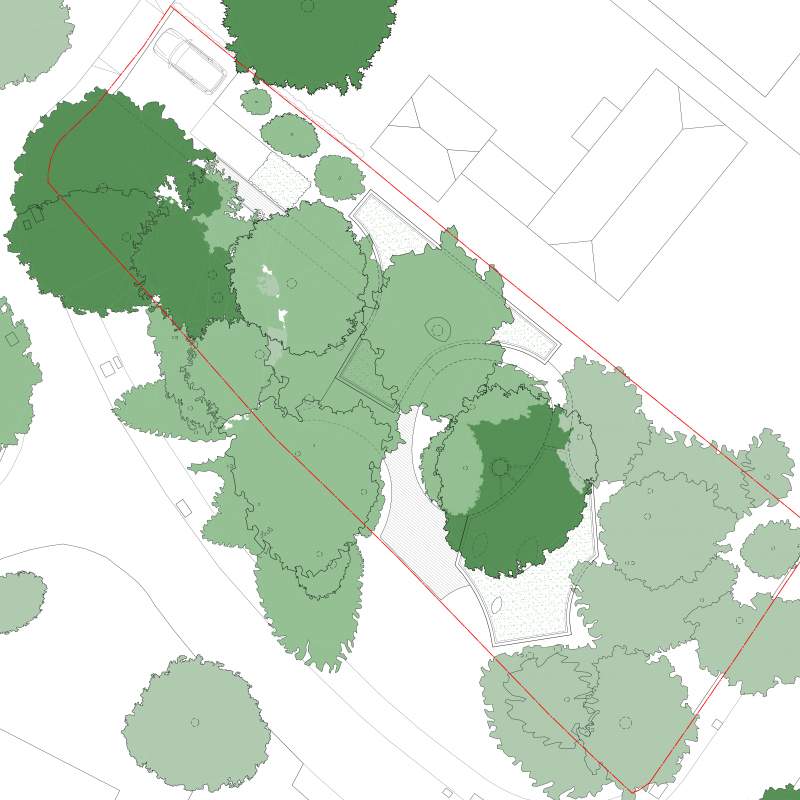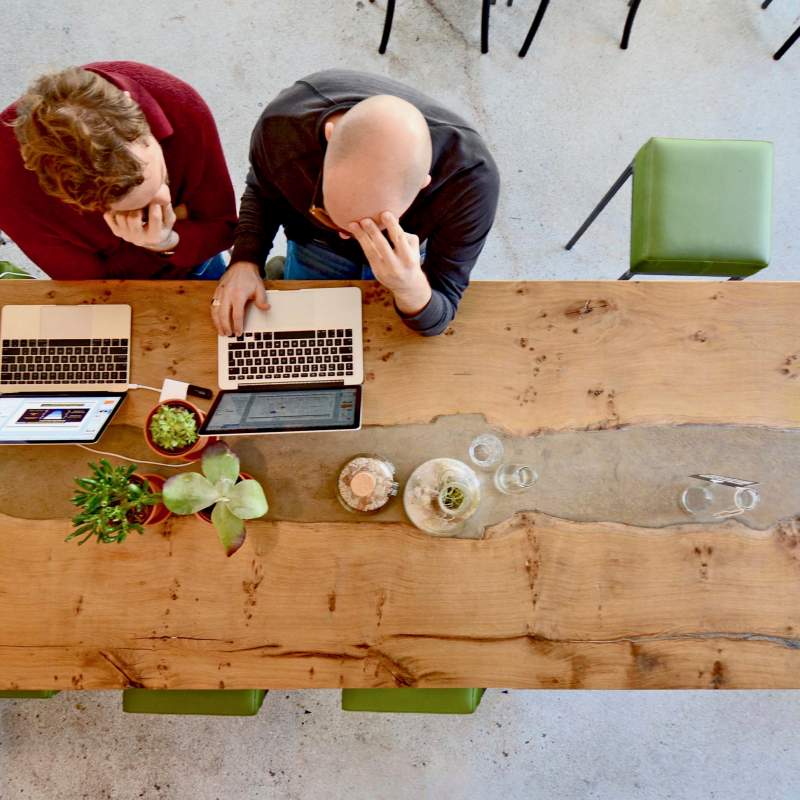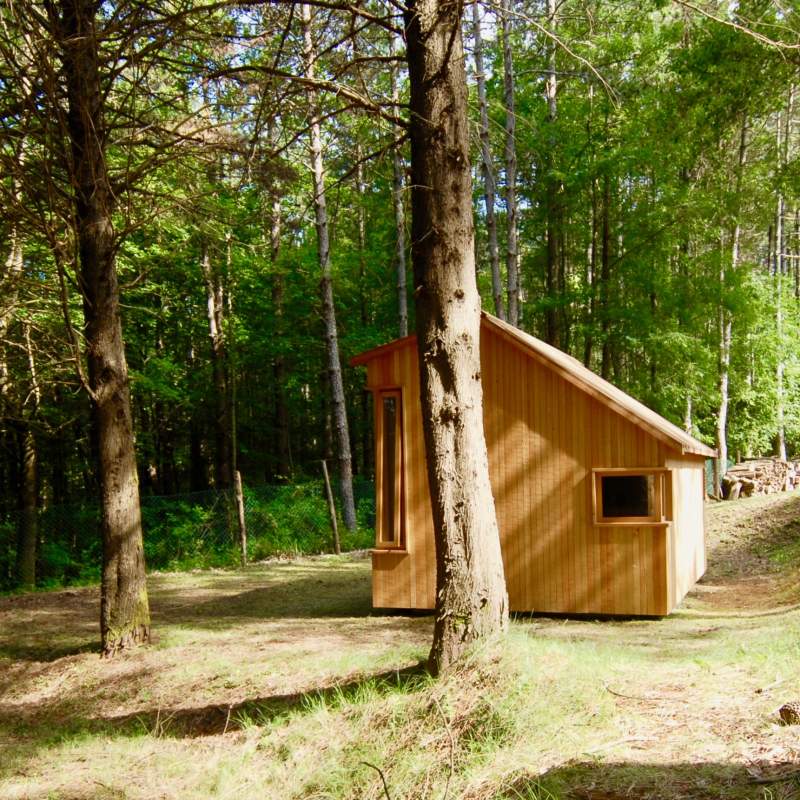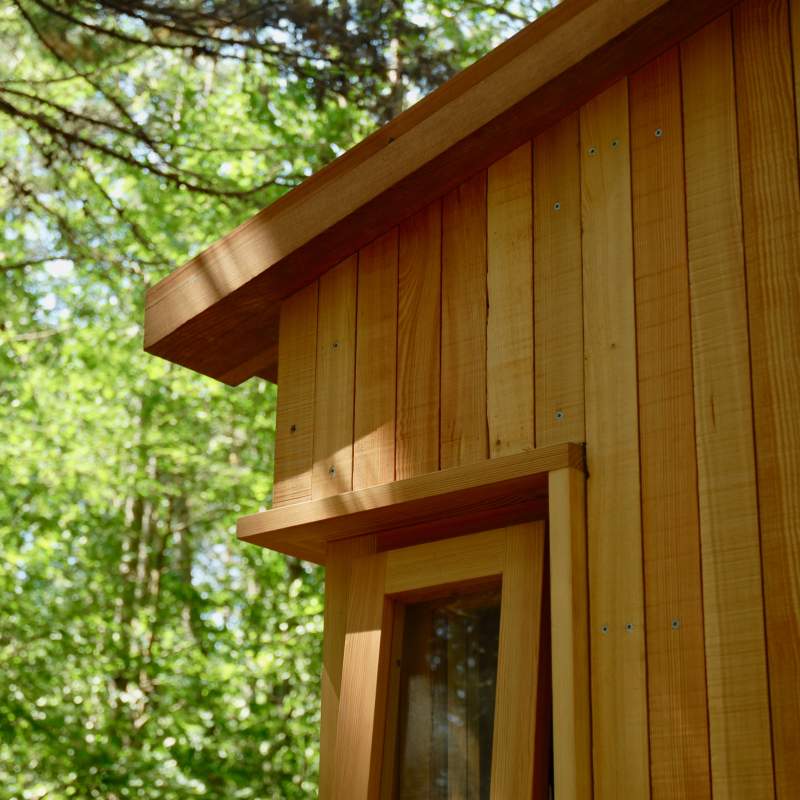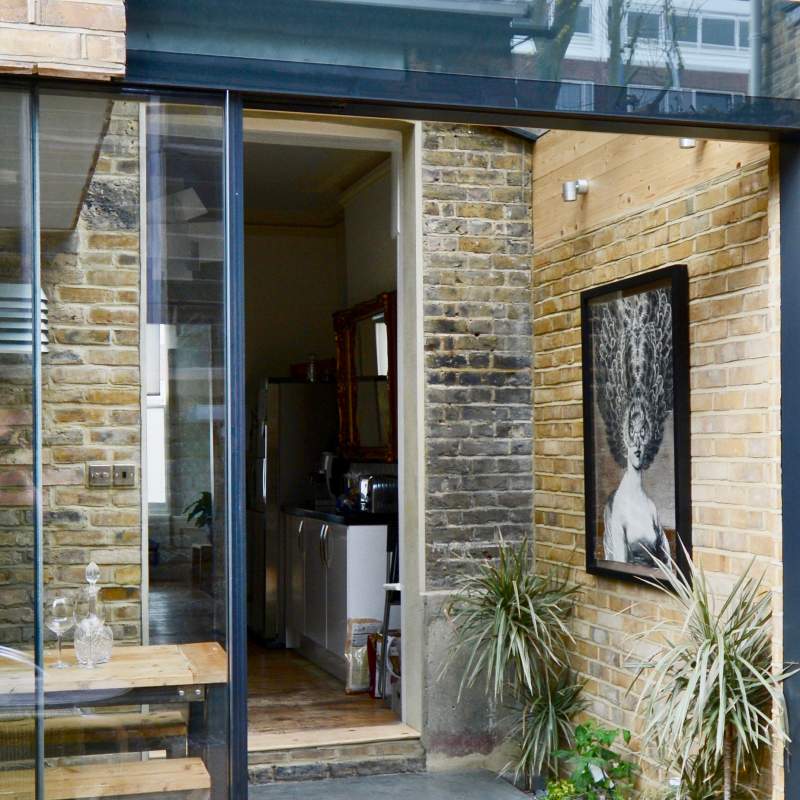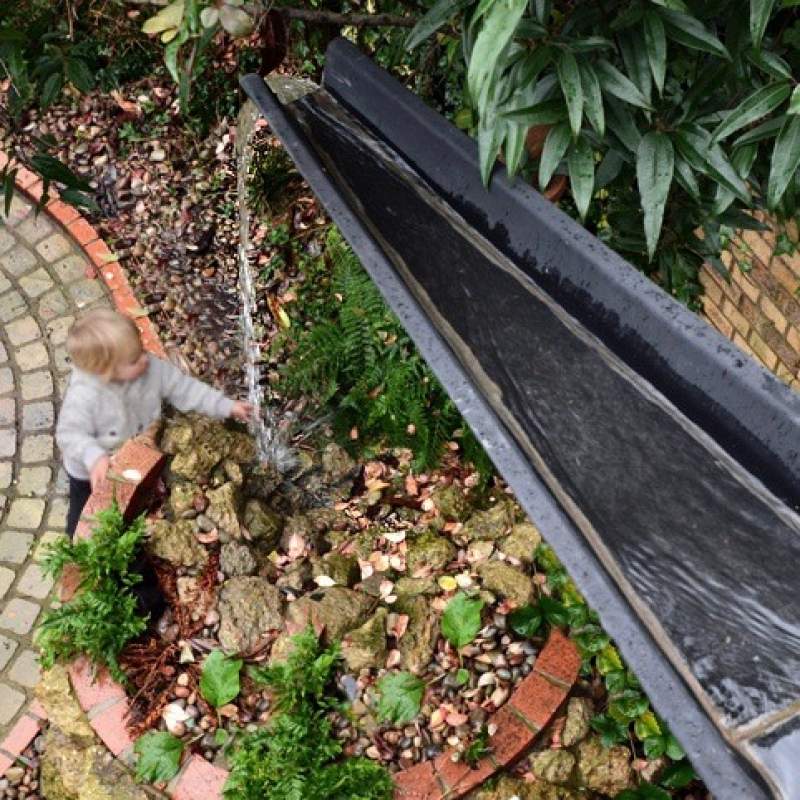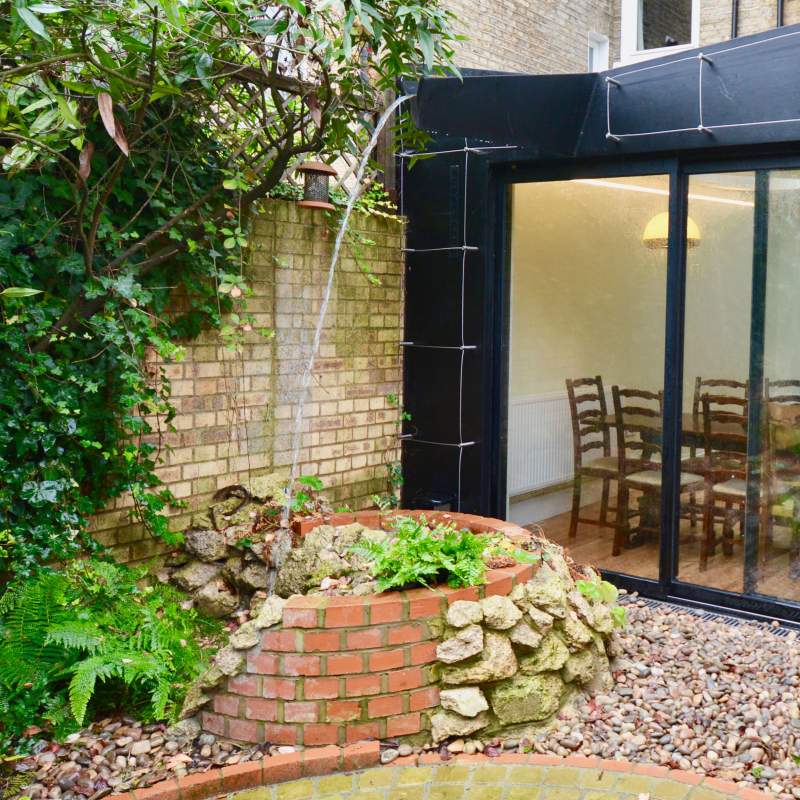Reuse Flat
Reuse Flat is a project to renovate the kitchen, dining and living areas of a ground floor flat by adding a new interior lining. This lining changes both the technical performance and sensory experience of the space. The lining contains a membrane to increase airtightness and cotton insulation to improve thermal performance. It comprises wall panelling and cabinetry made from reclaimed wood. The lining is fixed directly onto the existing walls and assembled with reusable materials and fasteners (no glue!) so that it can be disassembled and reused in the future.
During the deconstruction of the existing flat all materials were collected and sorted for potential reuse and recycling. Inert materials (broken bricks, concrete and wood) were reused in a gabion garden wall. The wood was drilled for insect habitat and the wall planted with climbers. The old wood floor was reused as the new wall lining. Old windows became a glazed partition in the office. The old granite worktop was re-polished and reused as preparation surfaces in the new kitchen. Remaining materials were audited and recycled by a local waste contractor.
Power and lighting were also installed following the principles of design for disassembly. Cables and fittings were surface mounted for ease of reuse and the conduit expresses the flow of energy being used.
The new lining dramatically improved the performance of the external walls. Airtightness was brought down to new-build standards of 5m3/hr and insulation was improved from 1.1W/m2K to 0.2W/m2K, 30% better than building regulations (existing dwellings).
According to DEFRA statistics, the UK construction industry creates 59% of our total waste, more than four times the amount created by households. As architects it’s not about choosing the right coffee cup, it’s about radically transforming the way we specify materials and design for their assembly and disassembly.
There are three key streams of materials: those arising from deconstruction, new materials brought to site and the materials that could potentially be removed from the building in the future. Reuse Flat targeted zero waste in all three.
20m3 of “waste” arose from the deconstruction phase (the equivalent of 250 bin bags) but through innovative design we were able to find a new use for 43% of it directly on site. The remaining material left the site and, with a carefully selected recycling company, all but 3 bin bags was recycled.
In construction we sourced 22% of our materials from the existing site, reusing the old floor and windows and building the gabion wall from deconstructed masonry. A further 57% of materials were specified from reused sources such as the cotton insulation from jeans deposited in French clothes banks and the reclaimed wood floor that was sawn from beams removed from an agricultural building in Orsova, Romania.
The final project can now be considered a material bank; the exposed fasteners, no glue and robust materials allow for its future deconstruction. 89% of the materials could be directly reused elsewhere, 10% could be recycled and only 1% would contribute to future waste.
Photography: Agnese Sanvito

